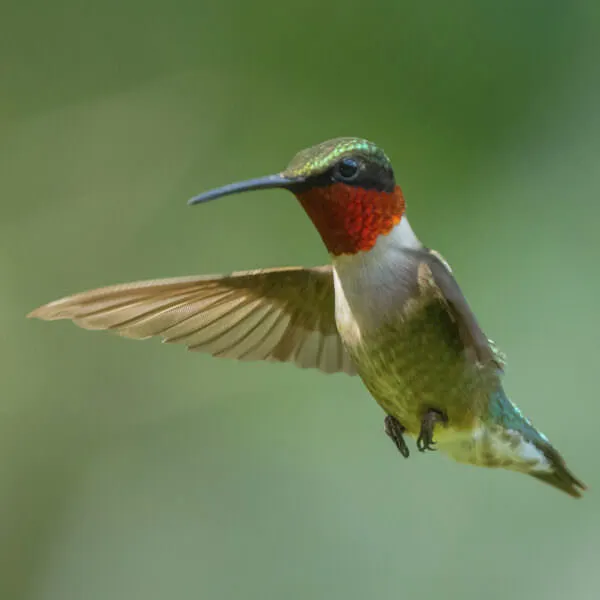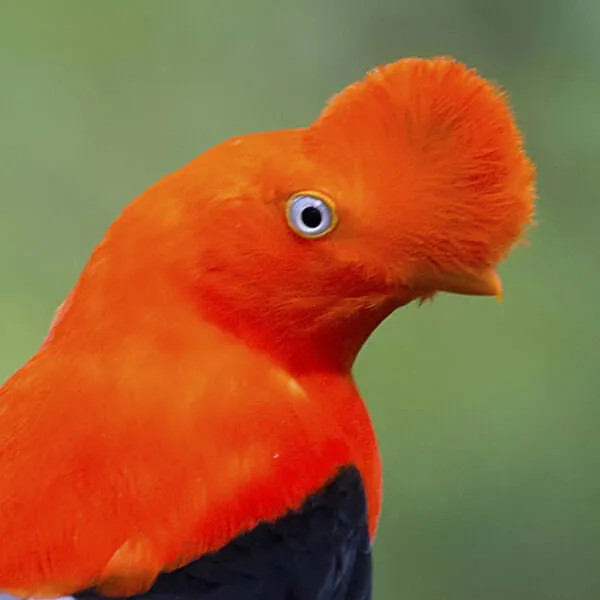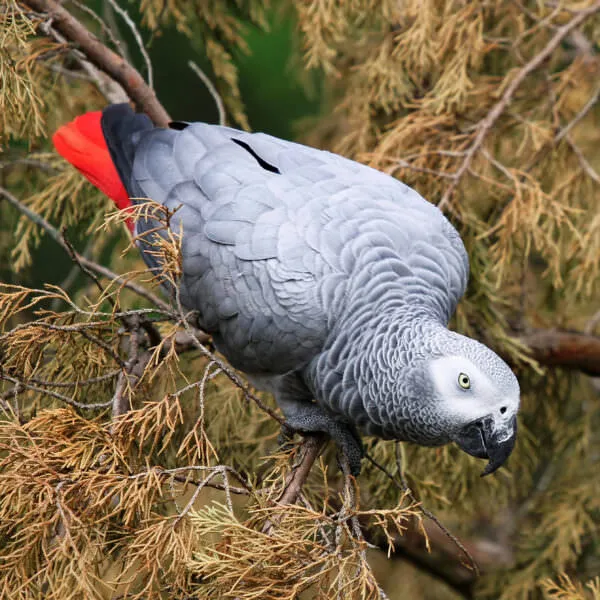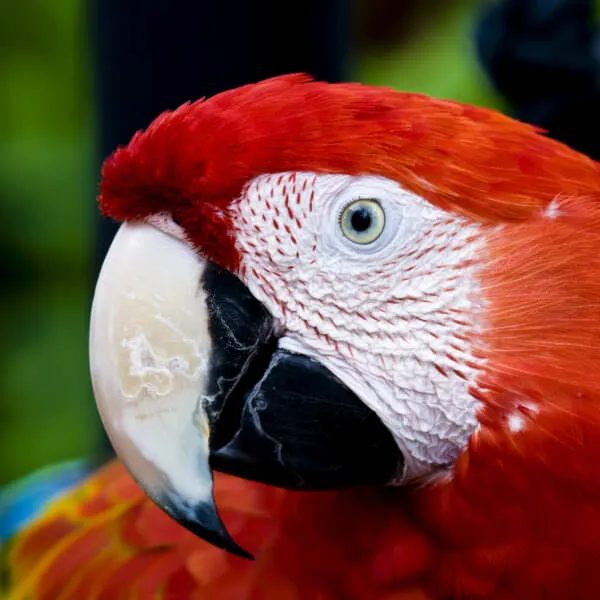Anatomy
Similar to all members of the motmot genus, the blue-crowned motmot has a large head with down curved, short, broad beak, which is serrated along the upper edge. Their tarsi (feet) are unique in that they are particularly short with a middle toe almost completely fused to the inner toe and only one rear toe. Most of the species of motmots have tail feathers that distinguish them from other birds. The center tail feathers, which twitch like the pendulum of a clock when the motmot is perched, have bare spines at the tip. This makes them easily recognizable.
The plumage of the blue-crowned motmot is shades of green and blue. They have red eyes, a turquoise crown and black face. Motmot eggs are round and white and incubate for three weeks. Their call is a double «hoot,» similar to that of an owl.
We're All In
Together, we're building a future where people and nature thrive. Sign up today and join our movement...
Habitat
Motmots are found in Mexico, Central America, and most of South America in rainforests, second-growth forests, forest edges, shady gardens and shaded coffee farms. Motmots dig their nests in the shape of tunnels 5 – 14 feet long and four inches in diameter with a nesting chamber at the end, which is 10 by 14 inches in length. Both males and females begin excavating between August and October, which is the rainy season when the soil is soft. Then they leave the nest, returning the following March or April for breeding season. Both males and females share parental responsibility. Motmots choose to live near water, for drinking and bathing.
Diet
Motmots eat fruit, small reptiles and insects such as crickets, mealworms, waxworms and earthworms.
Threats
Because they can live in many different forest types, ranging from rainforests to shaded coffee farms, the blue-crowned motmot is not on the endangered list. However, as shaded coffee farms and forests are destroyed, the survival of this beautiful bird is threatened.
Sources
- Jukofsky, Diane. Encyclopedia of Rainforests. Connecticut: Oryx Press, 2002.
- Coraciiformes Taxon Advisory Group: http://www.coraciiformestag.com/Motmot/Momotidae.html
- «Blue-Crowned Motmot,» Cornell University, Department of Ecology and Evolutionary Biology website, 2007.
- Inset photo by Christopher Ciccone



